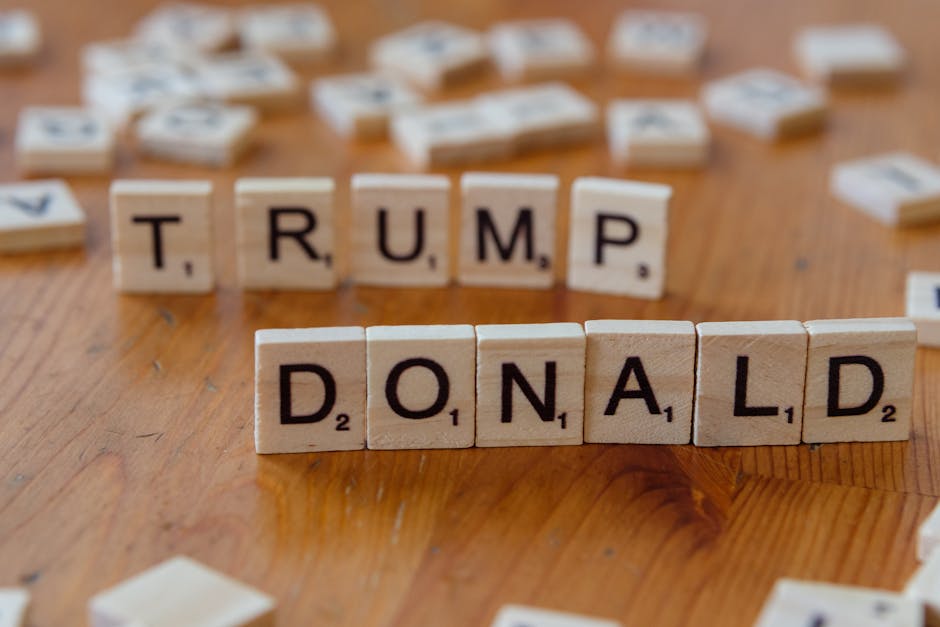The idea of a third term for Donald Trump has gained traction in conservative circles, fueled by the former president’s ambiguous remarks and allies like Steve Bannon pushing the narrative. But is this legally feasible, or just political theater? Here’s what the Constitution—and history—say.
The 22nd Amendment: The Hard Legal Limit
The 22nd Amendment (1951) is clear: “No person shall be elected to the office of the President more than twice.” Trump was elected once (2016) and could legally serve a second term if he wins in 2024. A third term would require:
– Repealing the amendment (near-impossible given polarized politics).
– A fringe legal theory (e.g., claiming his first term “didn’t count”), which lacks credible support.
Why Trump and Bannon Keep Bringing It Up
Experts see three strategic motives behind the rhetoric:
1. Mobilizing the Base: The idea excites Trump’s supporters, reinforcing loyalty.
2. Testing Democratic Norms: Trump has a history of pushing boundaries (e.g., 2020 election claims).
3. Media Control: Controversy keeps Trump in headlines, drowning out rivals.
Could the 22nd Amendment Be Overturned?
Technically, yes—but it’s politically unrealistic. Amending the Constitution requires:
– A two-thirds Congressional vote or a constitutional convention (34 states).
– Ratification by 38 states.
Even a GOP-controlled Congress would face resistance—conservatives traditionally uphold term limits.
Historical Precedents and Global Comparisons
- FDR served four terms pre-22nd Amendment.
- Abroad, leaders like Putin exploit loopholes, but the U.S. system has stronger checks.
- Modern attempts (e.g., Reagan/Obama third-term chatter) never gained traction.
Plan B: A Trump Political Dynasty
If Trump can’t run again post-2028, his influence may continue via:
– Family: Ivanka or Donald Jr. as future candidates.
– Loyalists: Trump-endorsed figures dominating the GOP.
Conclusion: Power Play Over Reality
While the third-term talk energizes Trump’s base, it’s not a legal possibility—yet it underscores his disruption of democratic norms. The real stakes are whether this rhetoric further erodes institutional guardrails.
2024 is the immediate battleground. Beyond that? America’s democratic resilience faces its greatest test.




